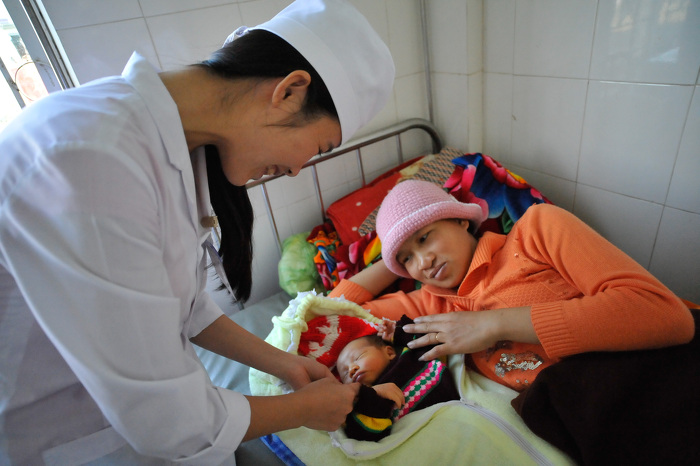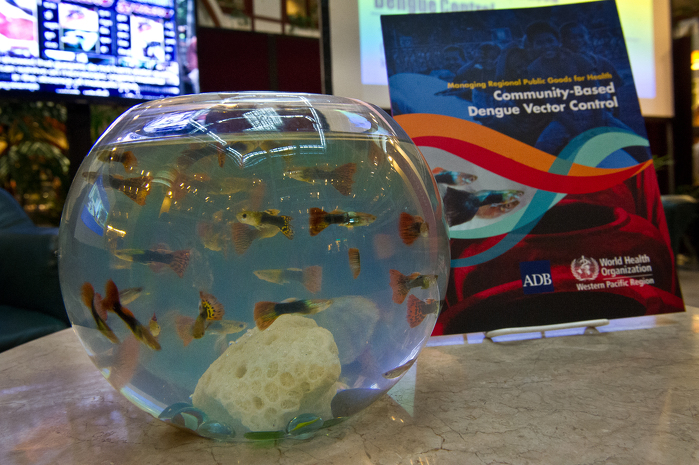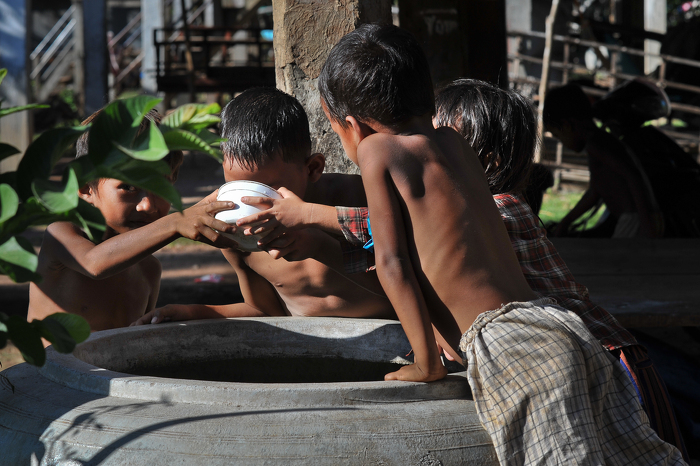GMS-VIE: Regional Communicable Diseases Control
Details
Funding
Project Description
The Greater Mekong Subregion (GMS) Regional Communicable Diseases Control Project was designed to develop the capacity to contain emerging diseases and reduce the burden of common neglected diseases in Cambodia, the Lao People-s Democratic Republic (Lao PDR), and Viet Nam (the CLV countries). The 4-year, $38.75 million project was supported by a $30 million grant from the Asian Development Bank (ADB), $0.9 million in cofinancing from the World Health Organization (WHO), $4.55 million from the Government of Viet Nam, $1.98 million from the Government of Cambodia, and $1.32 million from the Government of the Lao PDR. The expected project outcomes were (i) timely and adequate control of epidemics likely to have a major impact on public health and the economy in the region; (ii) improved coverage of prevention and care of communicable diseases in vulnerable populations; and (iii)improved know-how, policies, standards, and coordination among countries to improve communicable diseases control (CDC), including for HIV/AIDS, through regional cooperation. The project prioritized 26 provinces including 5 in Cambodia, 6 in the Lao PDR, and 15 in Viet Nam, but also supported disease outbreak control nationwide. The project aimed for a 15% reduction in communicable diseases in the targeted provinces and more for certain specific infections, thereby helping the CLV countries make progress toward the Millennium Development Goals (MDGs) of reducing the child mortality rate and containing HIV/AIDS and other infections. In each country, the Ministry of Health (MOH) was the executing agency. Implementation was undertaken by MOH departments, the 26 targeted provinces, and 9 national institutions. To facilitate the flow of funds for regional activities, $4.3 million, or 11% of the project funds, was administered by ADB as a regional pooled fund3 and managed by a regional coordination unit (RCU). ADB provided WHO with $1.6 million from the pooled fund, which, combined with $0.9 million of WHO, was used to engage international experts for the control of emerging diseases.
Progress (as of March 2021)
Project closedContacts
| Contact 1 | |
| Contact Name | de Wit, Vincent P. |
|---|---|
| Organization | Asian Development Bank |
| Contact 2 | |
| Contact Name | - |
| Organization | - |
| - | |




